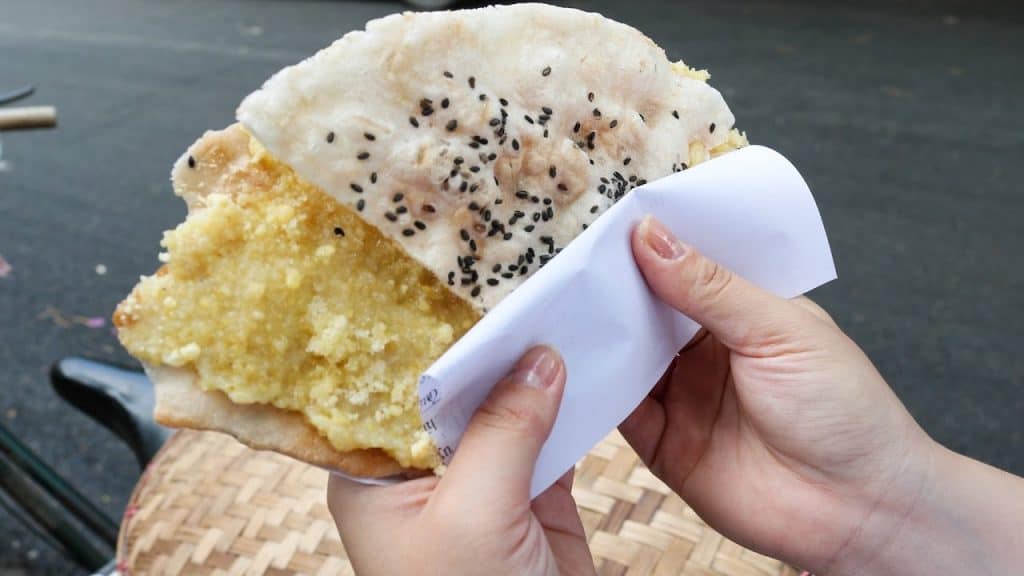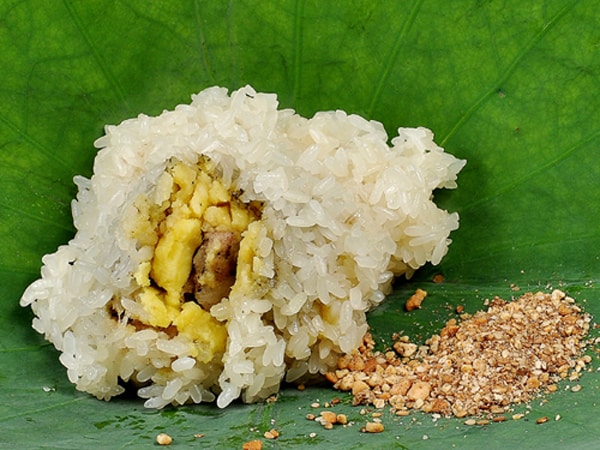The age-old industry of street vending exists in virtually every city around the world and Hanoi is no exception. Street vending has existed here since the imperial court times and still today shapes the face of the city. In Vietnam, street food vendors play a vital role in the fabric of daily life helping to create a unique culinary experience – a genre covering a wide and interesting range of street eating options.
Vietnam’s street food industry declined during the post-war period due to scarcity of ingredients and food rationing. However, the 1986 Doi Moi reforms instigated its revival. In the early stages, street vending was regarded as a backward occupation. However, increased economic opportunities and daily movement of people encouraged the demand for quick, cheap and nutritious street food.
Vietnam features three main forms of street food vending. Firstly, the permanent street food eateries where a vendor trades from an established restaurant/café or even from the ground floor of their house.
Secondly, food stallholders without a fixed storefront who trade from a regular stand on the street.
Thirdly, food vendors with no fixed abode selling their wares, constantly on the move. This group trade their culinary delights on foot, from mobile trolleys or on the back of a bicycle. Balancing their wares on cycle handlebars, in panniers strapped to the sides or perched on the seat, they peddle their way round the network of streets and alleys. Loudspeakers often amplify their chants, announcing what they are selling. Such foods tend to be light bites, scrumptious dessert snacks, delicious goodies filling pre-lunch or dinner gaps, or Vietnamese coffee and green tea.
Banh da ke
The mantra of the banh da ke seller comes in waves:
“Banh da day,
Banh mi day,
Banh mi nao”
(banh da here, bread here, any bread)

This is a simple dessert snack evoking childhood memories for many. The banh da ke seller hangs plastic bags of crispy rice paper crackers on the front of their bike and a pot of green bean and sugar on the back. Although availability has dwindled in recent years, it is still a popular snack especially in the summer often available near the bia hoi stalls.
The creation consists of a large round rice paper cracker spread with the mung bean paste and sprinkled with sugar. The banh da seller cracks and folds the cracker in the middle creating a type of sandwich.
Bo bia ngot
The bold red letters ‘Bo Bia’ emblazoned on the sides of white or metal boxes strapped to the back of a cycle is a familiar sight around Hanoi’s old quarter, Hoan Kiem and West Lakes. Beer lovers are forgiven for assuming a particular brand of beer is stored within (bia in Vietnamese means beer). Bo bia ngot is actually a coconut-based dessert snack, a sweet variation of Saigon’s savory version that originated in China.

The vendor covers two sheets of rice paper with crunchy broken sugar cane, chilled fresh shredded coconut, sprinkled with black toasted sesame seeds, formed into a small soft sweet spring roll. While banh da ke seller chants their presence, the bo bia vendor announces their arrival by the clicking sound of grinding scissors.
Xoi banh khuc
This savory soft mung bean dumpling is a Hanoi specialty with a distinctive aroma and flavor of khuc leaves. It is made by steaming and mixing the leaves with rice flower to form a ‘dough’, wrapped around a ball of green bean paste mixed with pork and a little pepper. The resulting dumpling is rolled in a sticky rice coating and then steamed. The banh khuc seller peddles his/her wares, which are kept warm and served hot, day and night. However, the snack is more common during the 2nd and 3rd lunar months when khuc leaves are in season. “Ai banh khuc nong day” (who wants to buy hot banh khuc here) cries the seller, announcing the ultimate in comfort food.

The provision of the above, and many other snacks like fresh steamed corn on the cob, xoi bap (a type of sticky rice with corn), creates a thriving popular and necessary industry, while trading from the back of a bike adds a new dimension to the concept of ‘meals on wheels’.



Leave A Reply